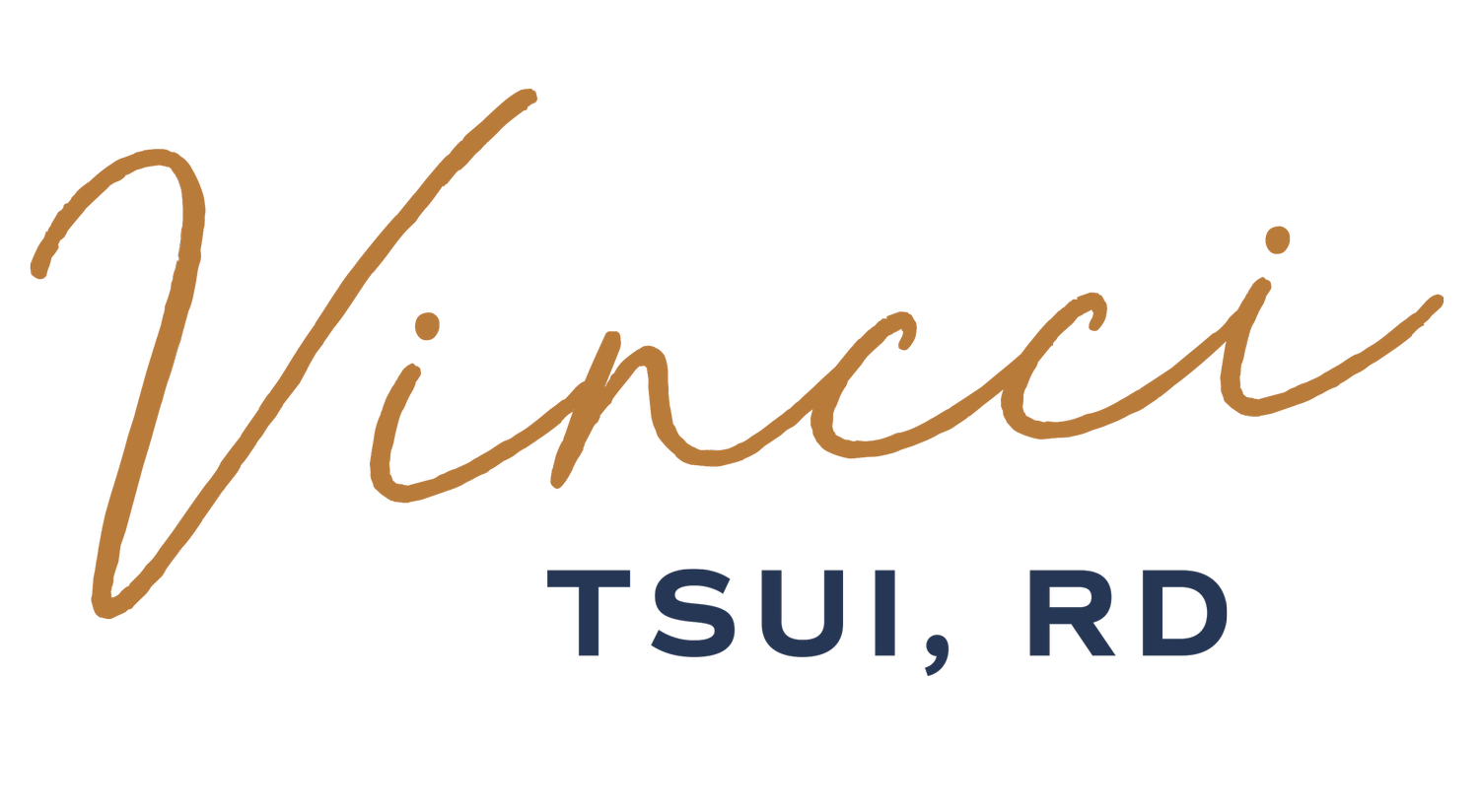3 Intuitive Eating Lessons I Learned Through Breastfeeding
You’ve probably heard many intuitive eating practitioners say that “we are all born intuitive eaters,” or that “intuitive eating is the default mode.” The image that is often used is of the breastfeeding infant who will come to the breast when they’re hungry, and turn away when they’re satisfied.
Though I’ve been lucky that breastfeeding has generally gone smoothly for my daughter and I, it’s certainly not picture-perfect. She’ll sometimes come to the breast when she’s not hungry, falling asleep after a few shallow, lazy sucks. Other times, she’ll pop off the breast during a feed, only to start rooting and crying for it again seconds later. Even though she’s only weeks old, she’s taught me a lot about intuitive eating.
1. Intuitive Eating is Not About Hunger and Fullness
Many people who are new to intuitive eating often think of it as “eating when you’re hungry, and stopping when you’re full,” which Isabel Foxen Duke calls “The Hunger & Fullness Diet”.
Can a newborn baby really tell what hunger and fullness feel like? My first reminder that breastfeeding is not just about nutrition was when the nurse in hospital told me that my baby probably wasn’t actually feeding for 45 minutes, and once she stopped the strong, “nutritive” sucking, she was really just using me as a pacifier. The next reminder came at my Birth & Babies class, where we learned that a baby might feed more or refuse to eat in response to reflux—more because it can help soothe the pain, or refusal because it is too painful—just as in adults.
This has led me to believe that babies aren’t always responding to hunger when they’re feeding. Instead, it’s about responding to discomfort. This is actually in line with what Evelyn Tribole and Elyse Resch write in Intuitive Eating, (Amazon Associates link) “finding satisfaction in eating is the driving force of this process”, going on to describe satisfaction as “The Hub of Intuitive Eating”.
“#IntuitiveEating is not about eating when you’re hungry and stopping when you’re full. It’s about finding satisfaction in eating, whether it’s physical or emotional.”
2. Emotional Eating is Natural and Normal
Breast milk is a nutrition powerhouse, but like all food, it is more than fuel. Whether a baby is breast-fed or bottle-fed, the act of sucking has a calming effect. So much so, that it can be used as a form of pain relief for infants. Breastfeeding is also an opportunity for mom and baby to bond. We can’t separate the act of eating from the food itself; returning to the idea that a baby breastfeeds as a response to discomfort, breastfeeding is emotional eating. Similarly, if the goal of intuitive eating is to find satisfaction, that is driven by emotion as well. That is why the idea of stopping emotional eating is unrealistic; virtually all eating is emotionally driven to a certain degree.
“We can’t stop emotional eating because all eating is emotional.”
3. Diet Culture Shows Up From Day 1
I used to believe that babies were immune to diet culture, but I quickly learned that we can interfere with their intuition from day 1. Because my daughter had lost more than 10% of her body weight in hospital, I was placed on a feeding plan when she was only three days old! (Fortunately, my milk came in that day and she managed to gain 150 g literally overnight, so I was taken off it the next day.) Of course, recommendations like feeding 8-12 times per day are sometimes necessary to ensure baby is getting adequate nutrition, but there were other comments that were made during my daughter’s first few days of life that gave me pause.
Remember that nurse who told me that my baby was just using me as a pacifier? She also instructed me to unlatch my baby as soon as the strong, nutritive sucks ended. It wasn’t until later that I learned comfort nursing is a thing, though not before a lactation consultant suggested that frequent spit-ups were a sign I was “overfeeding” my baby. Even now, I sometimes question myself on whether I should feed my daughter when it “hasn’t been long enough” since her last meal. It really goes to show how insidious and invasive diet culture messaging can be!
Have there been instances where you’ve learned intuitive eating lessons from an unexpected place? What was the situation and the lesson? Please share in the comments below.
